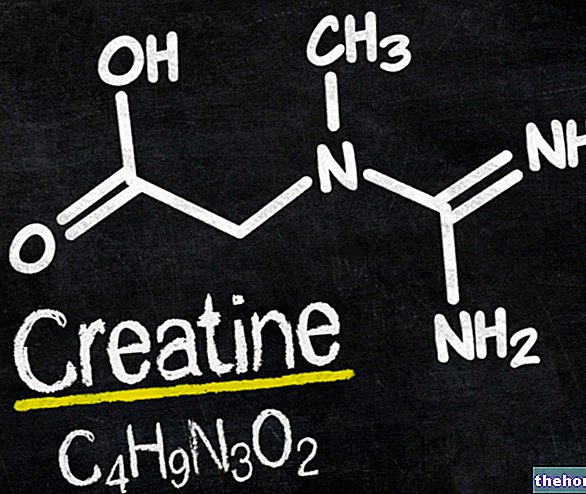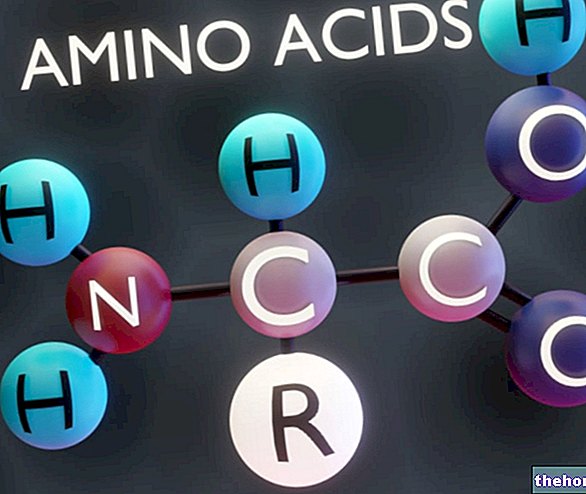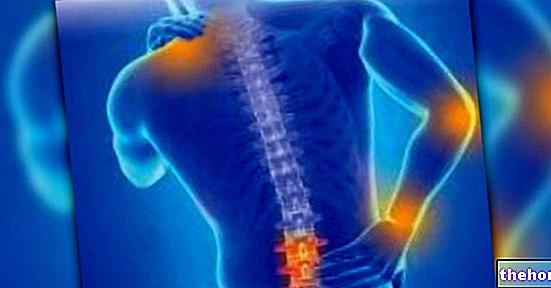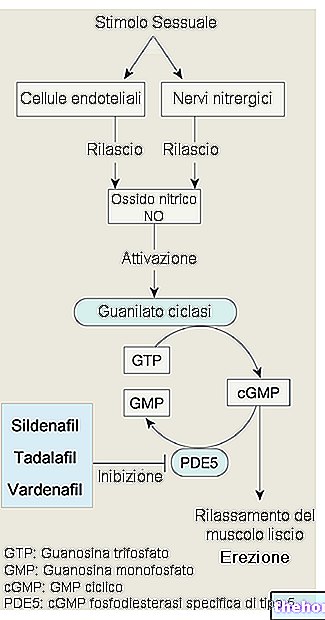Bones are particularly hard organs, with variable shape, density and size according to the functions performed. Taken together, they participate in the formation of the skeletal system, an apparently inert structure, but alive and endowed with numerous, very important, functions.
In-depth articles:
Bones and human body
There are approximately 212 bones in the human body, distributed as follows:
- Lower limbs: 60 bones;
- Upper limbs: 60 bones;
- Spine: 33 bones;
- Ribs: 24 bones;
- Skull: 22 bones;
- Ear: 6 ossicles;
- Shoulder girdle: 4 bones;
- Sternum: 3 bones;
- Pelvic girdle: 2 bones connected to the spinal column;
- Hyoid bone: 1 bone.
The sesamoid and wormian bones are excluded from this list because they vary in number and in some cases even absent. The former improve muscle efficiency, as in the case of the patella, while the wormian bones are small supernumerary bones included in the sutures of the skull.
The number of bones varies according to the age of the individual. In children, in particular, they are more numerous, because at birth some of them, especially the cranial ones, have cartilaginous segments that ossify and fuse with growth. This is obviously a very important feature; the membranous spaces that separate the bones of the skull of newborns, called fontanelles, can move, preventing the brain from undergoing excessive pressure during birth or its development. In the adult, this type of cartilage (called hyaline) is maintained only where a high degree of flexibility is required, such as in the nose, around the joint surfaces and in the anterior part of the ribs (a characteristic necessary to allow enlargements, narrowings and changes in the rib cage during breathing).
Small variations in the number of bodily bones are also found in individuals of the same age.
Together with cartilage tissue, bones make up the human skeleton, which alone accounts for less than 20% of body weight (a percentage lower than that of muscles, which in their totality cover 35 to 40% of body mass). Bones, therefore, have four important characteristics, exceptional because they are difficult to combine: lightness, strength, hardness and elasticity.
The skeleton is didactically divided into:
- axile: as the name implies, it constitutes the main axis of the human body and includes the head (skull) and the trunk (vertebral column, ribs and sternum);
- appendicular: as the name implies, it includes the bones of the appendages, that is, of the limbs, together with the scapular and pelvic girdle.
The primary function of the skeleton is to provide a "scaffolding to support and protect the soft tissues of the body, helping to maintain its characteristic shape.
Functions of the bones and skeleton
The particular structure of the fabric that composes them gives the bones a certain degree of hardness and resistance, making them suitable for covering support and protection functions. In fact, they constitute the skeleton, protect the internal organs and represent a support for the attack of muscles and tendons. To these functions must be added an important hematopoietic and metabolic role.
the bones represent the support of the head, trunk, limbs and internal organs; they give the body certain shapes, which vary slightly according to sex, ethnicity, age and individual characteristics.
the skeletal muscles, inserting themselves on the bones through tendons, allow the movement of the whole body or parts of it, acting as an active component of the movement (the bones are the passive component).
they protect various internal organs and structures; think for example of the bones of the skull, which protect the brain, or the thoracic ones, which protect the heart and lungs.
Reserve and deposit
of minerals
above all calcium: bone contains about 98% of calcium, 80-85% of phosphorus and between 40 and 60% of sodium and magnesium present in the whole organism; these minerals are not only important for bone strength, but they regulate countless bodily functions, which is why their concentration in the blood must remain within a narrow range of values. Calcium, for example, is also important for nerve transmission, muscle contraction and blood clotting.
The organism, thanks to a fine hormonal regulation, can use the bones as a source of these minerals when needed or as a reserve when these are present in excess.
Balance
acid / base
similarly to what was described in the previous point, bones prevent excessive changes in blood pH by absorbing or releasing alkaline salts in relation to the homeostatic needs of the organism.
the bone marrow inside some bones, especially the long ones, produces blood cells.
we think of the ossicles of the middle ear, very important for the auditory function.
Other articles on "Bones"
- bones of the human body
- bone tissue
- osteoblasts osteoclasts
- spongy bone compact bone
- periosteum endosteum
- bone marrow
- bone remodeling
- bone mass
- height growth
- joints
- Joints: anatomy structure



.jpg)












.jpg)











